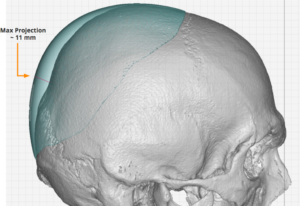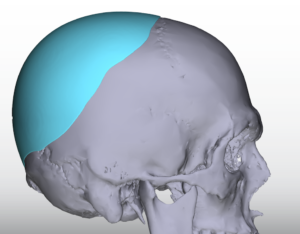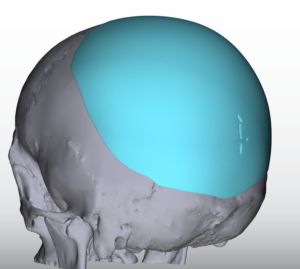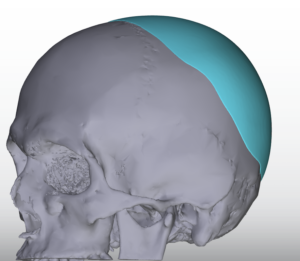Flatness of the back of the head is the single most common patient concern when a skull shape deficiency exists. The flatness can be on one side or both or can be higher or lower but it is always about lack of enough prominence or projection on the back of the head.
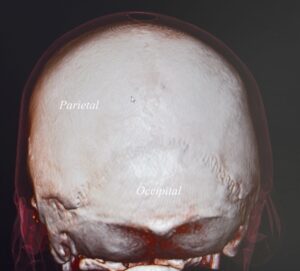

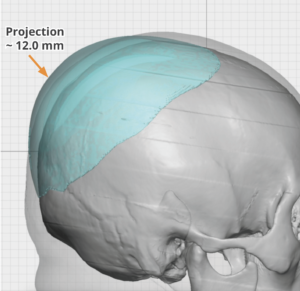

Dr. Barry Eppley
Indianapolis, Indiana




